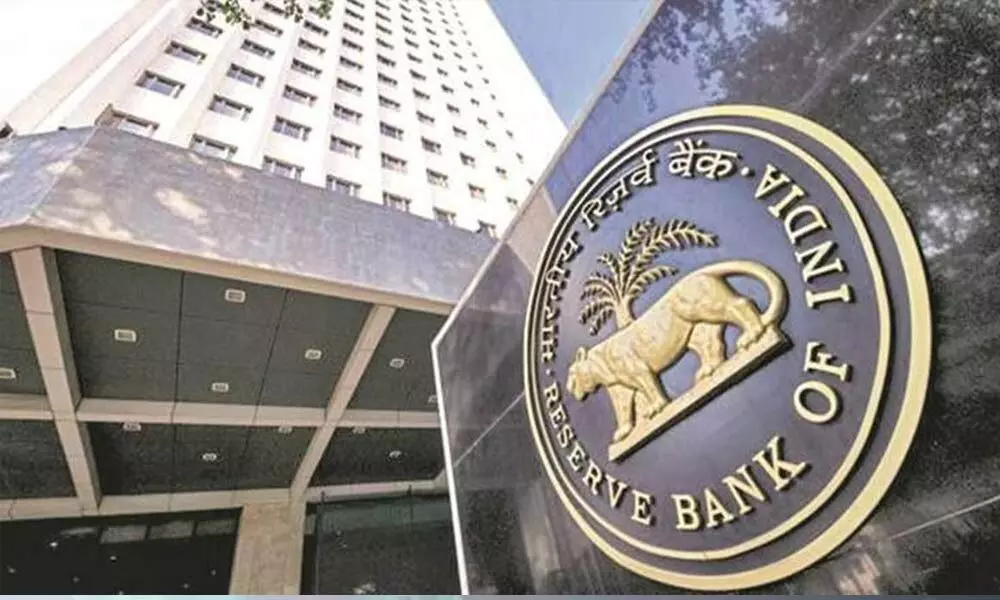Live
- Ukrainian attacks with British weapons will invite retaliation, Russia tells UK
- Indian airlines poised to capture 50% of country’s global passenger traffic: CRISL
- Entire NC unit in Ladakh's Kargil quits party to protest LS alliance
- Sharad Pawar to cast vote in Baramati after a decade
- Difference Between Business Credit Score and Personal Credit Score
- Indian Bank posts 55% jump in Q4 net profit, declares dividend of Rs 12 per share
- Govt showcases India as 365-day tourist destination at Arabian Travel Mart
- Pulwama to Poonch - Congress not learning from past mistakes, experts reckon
- ISRO moves ahead in development of 2,000 kN thrust semi-cryogenic engine
- FLiRT Covid variants: No need for panic or extra caution, say experts









